Pressure Switch Knowledgebase
-
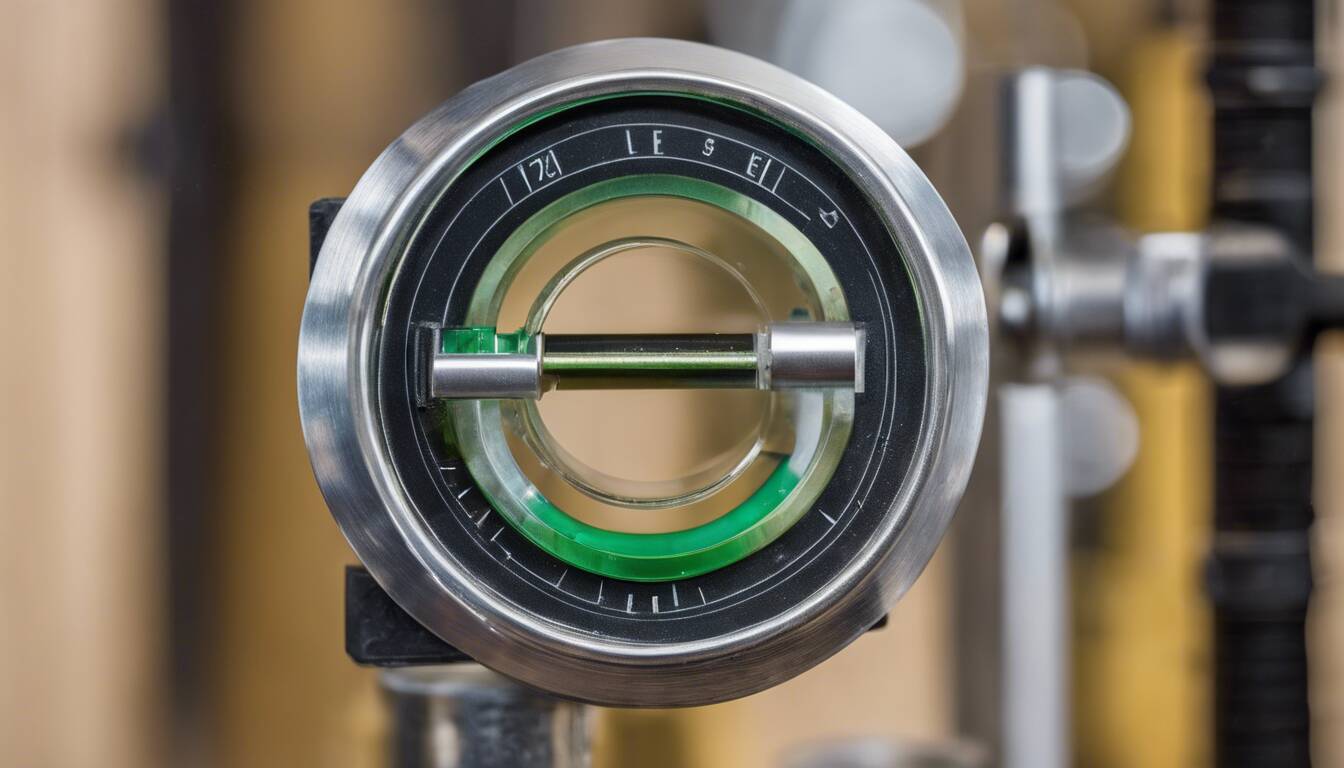
A Comprehensive Guide to Leveling Switches: Uses, Types, and Operation
A leveling switch is a valuable tool that detects various substance levels in industrial tanks or containers. Their design serves to prevent both material overflow and depletion accurately. Not just liquids, these switches also sense the level of powders and granular materials, which might be an unexpected detail for some. Such versatility finds them a…
-
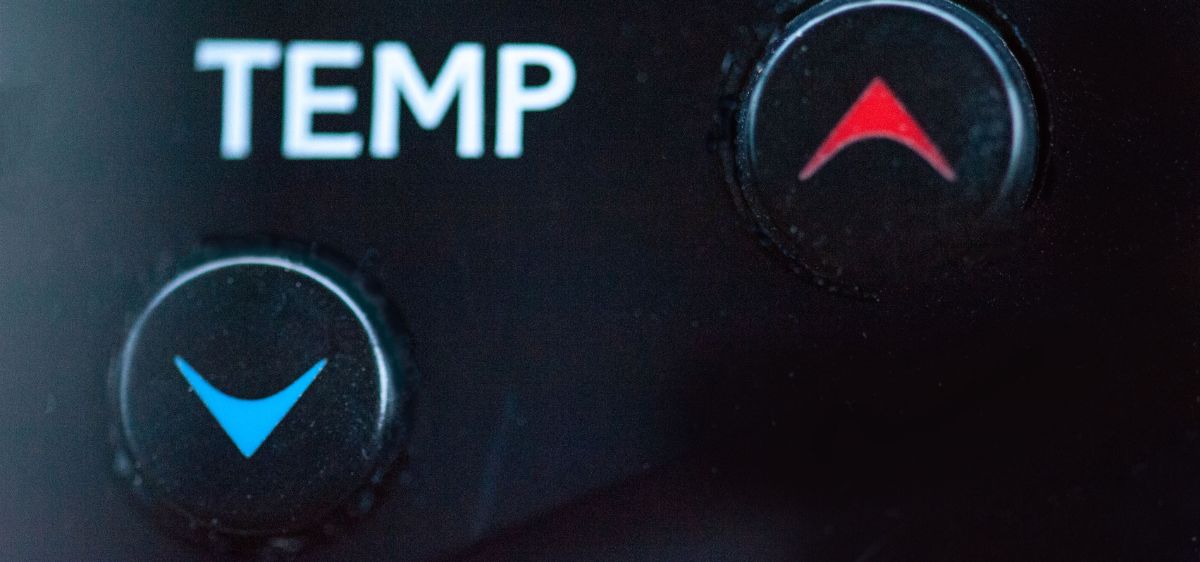
Temp Switches: A Comprehensive Guide to Temperature Control
Temp switches, also known as temperature switches, are vital tools for managing temperature in many systems. They function by automatically turning a circuit on or off when certain temperature levels are reached, ensuring both efficiency and safety. From traditional models with mechanical components to programmable ones that offer custom settings and automated tasks, there is…
-
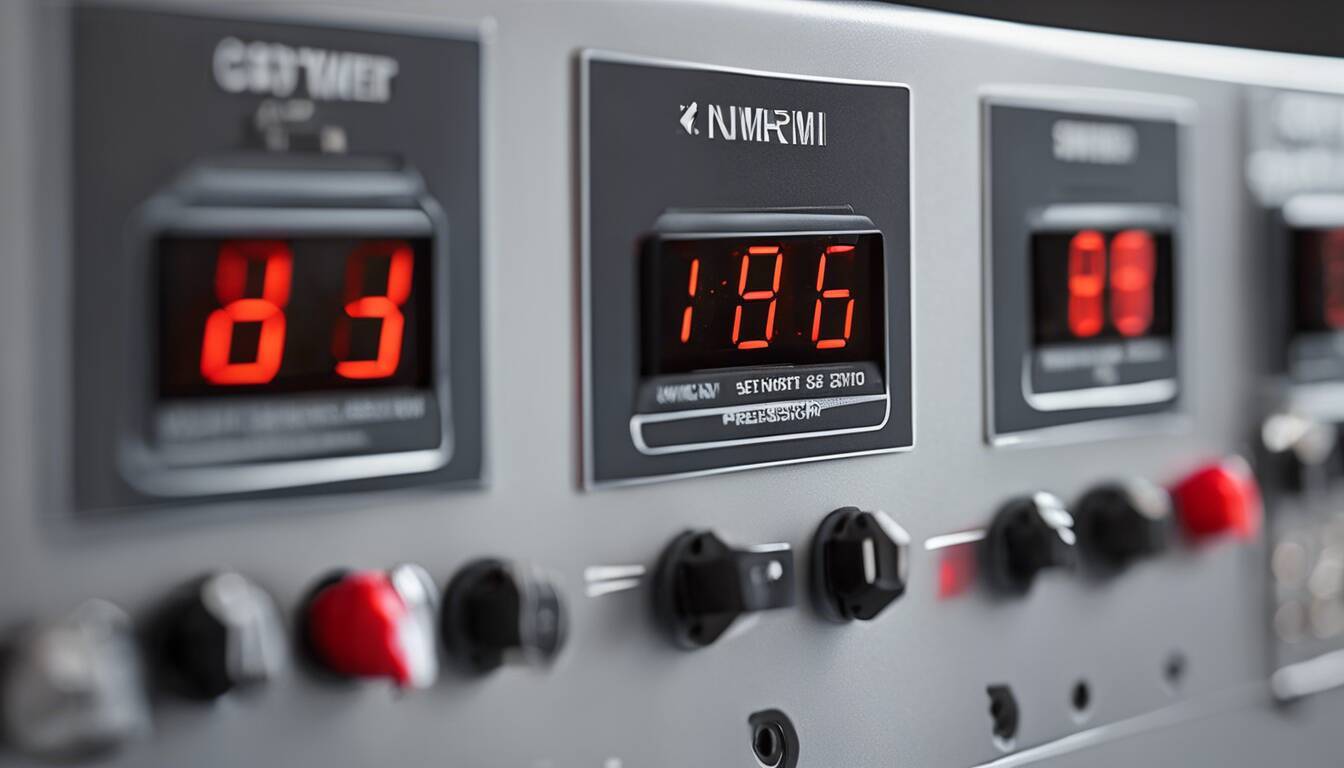
How to Set Pressure Switch: Step-by-Step Adjustment Guide for Industrial Control
Adjusting the pressure switch of your industrial machinery can be achieved with simple steps. Each step, starting with ensuring the power supply is completely switched off, is critical for preventing malfunctions during the process. However, it’s not only about turning off the power; precautions like using appropriate tools and meticulous observation also play a pivotal…
-
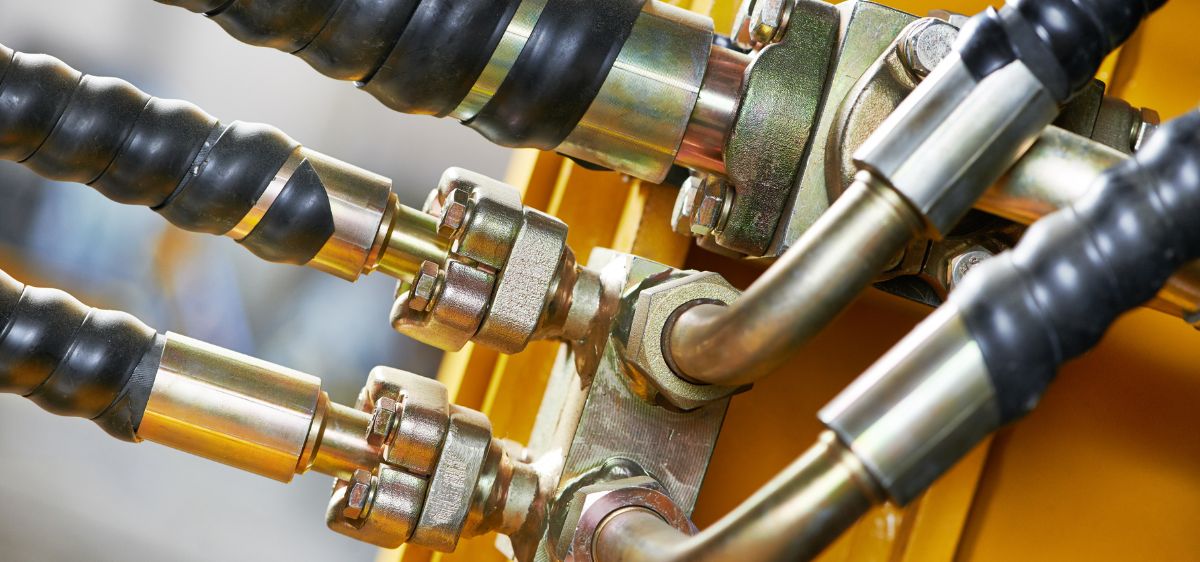
How Does a Flow Switch Work? Understanding Operation and Installation
A flow switch is a device that senses the movement of fluid in a system to control electrical circuits. By monitoring the flow rate, it can automatically turn certain equipment on or off, ensuring safe operating conditions. But it’s not just limited to safety; this small but essential component also boosts efficiency by maintaining optimal…
-
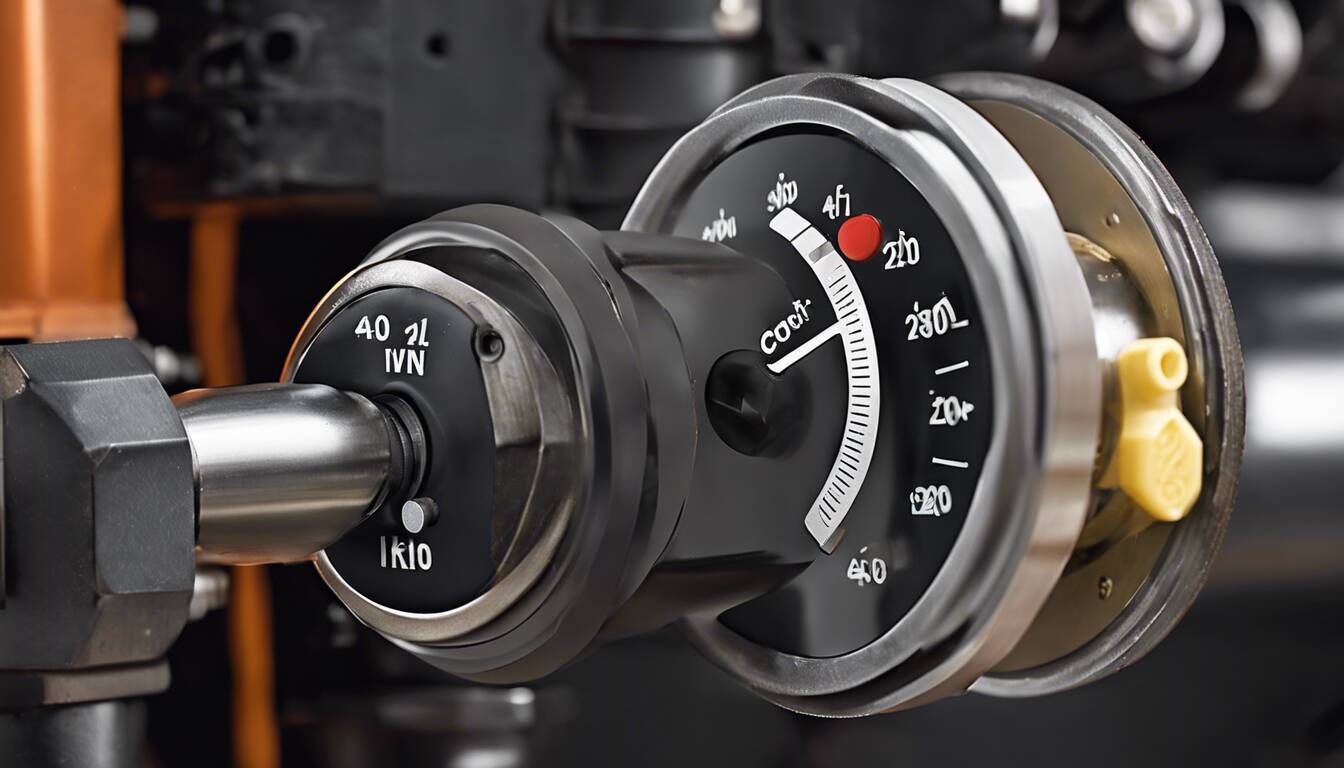
Industrial Pressure Switches: Exploring Different Types and Their Applications
Pressure switches are key devices that detect fluid pressure and respond by producing an electrical signal. They act as guardians of pressurized systems, maintaining safe levels and preventing potentially damaging surges. Whether monitoring air pressure in an HVAC system or water pressure in an industrial process line, these switches are an unsung hero providing peace…
-
Understanding the Difference: Pressure Transmitter vs. Pressure Sensor
A pressure transmitter not only records the pressure but also transforms the measured data into usable signals. While a pressure sensor might seem identical, it collects the raw data without additional processing. An unexpected twist is that the transmitter takes the simple role of a sensor further by not just collecting information but also amplifying,…
-
The Ultimate Guide to Pressure Switches for RO Systems: Installation, Troubleshooting, and Replacement
Pressure switches play a pivotal role in Reverse Osmosis systems by controlling water flow and safeguarding against damage. This is accomplished through several types such as adjustable differential pressure switches, low pressure switches, high pressure switches and more, each with its specific functionalities. Imagine a vigilant watchman who tirelessly monitors the gates of a city…
-
The Ultimate Air Pressure Switch Guide: Control and Adjust with Ease
Adjusting an air pressure switch is a simple task mastered with basic understanding. They rest upon a specific adjustment range, usually shown in pounds per square inch (PSI), which marks the operating limits. However, beyond this common knowledge, getting the precise PSI setting requires a steady hand and a keen eye. It’s like adjusting the…